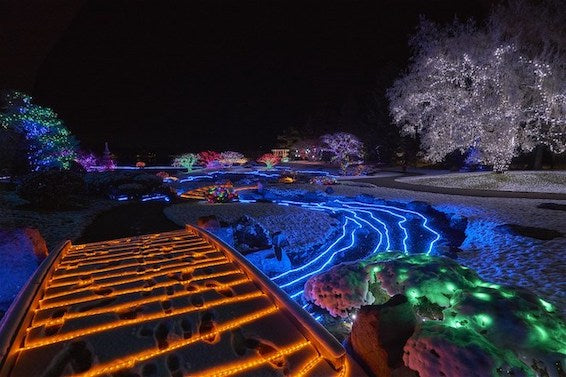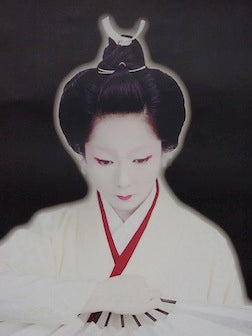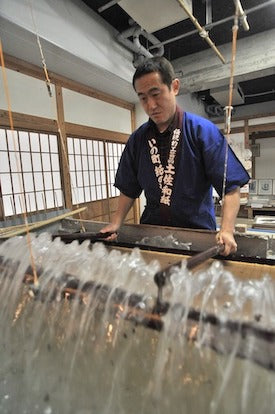Japanese Mingei (folk art) tradition is embodied in the objects the people used to illuminate their dwellings, gardens, and public spaces. The lights are simple and elegant, and provide an important function and, which conveys a feeling of refinement.

The fantasy of ancient Japan is revived in an interior that honors lighting elements like the Hidebachi, (Street Stump Fire Pit), the Taimatsu, (Torch), and the Kagaribe,(Iron Fire Basket). The concept of lighting began with the continuous, direct burning of familiar materials from nature, such as wood, grass, and eventually wax, fuel oil, (animal and vegetable), Kerosene, and finally electricity. These are all seen in versions of the Todai (lampstand), Mijino (self-refueling lamp), and particularly Andon (paper lanterns), which remain the epitome of Japanese-style lighting, and is employed and cherished by all classes, as a means of expanding the range of nighttime activities. The Andon thus came in countless shapes and sizes for various needs and purposes.
The revolving Mawari-Doro, (also known as the Magic Lantern), was born in the early 18th to the late 19th Century. Creative configurations flourished in the Edo period and the role which lighting has played was exemplified by woodblock artists incorporating the oh-so-subtle household element as a motif in woodblock prints. Many woodblock artists inspired the artwork for the paper circular insert giving life to the piece. The most traditional motifs were Dancing Tengu, Firemen extinguishing brilliantly colored flames, Samuri and Warriors, Ghoulies, Nature Scenes, (particularly thunderstorm clouds, rain and lightning), geometric shapes, and Japanese celebrating the pleasures of close encounters, (Shunga).

Additionally used throughout the residence were Zashiki,(floor seating), lamps specifically designed to place the light at eye level when seated, scholars’ desk lamps, and hanging lamps. Additionally, the Chouchin moji,(luminaries printed with ideograms seen in temples and shrines Toro (votive lantern), and paper creations were used at festivals). The mechanism of each of these fixtures suggests that engineers of the Edo period used strikingly advanced technologies and innovative methods of producing and controlling the light emitted.
Traditional Japanese candles, which were call Warousoku, and continue to be made by a company founded in 1892 in Nanao, a city in the Noto Peninsula of Japan. Japanese candles originated with the introduction of Buddhism to the country in the Edo period (1603-1868) when the cultivation of haze trees, which is the source of candles flourished, and were made to complement all forms of candle holders and lanterns.

Last but not least, during this period there was a great deal of traveling between cities and provinces. Long-distance travel in the Edo period was often a matter of life or death. Major efforts were focused on making all travel items convenient, compact, and lightweight, including clever portable lanterns, which were designed to be folded and used in small spaces. A sensible light source of choice, varied in shape and size, were used with Shokudai, (candlestick), Teshoku, (portable candlestick), and Chochin, (collapsible paper lantern for travel), during the Edo Period in Tokyo, Osaka, and Kyoto, where merchants specialized in offering all three types of fixtures and an appropriate candle sized to the needs of public at-large.




